Louisiana’s Incarceration Problem
Louisiana is infamous for having the nation’s highest incarceration rate. The numbers are staggering: 1,067 people in prison per 100,000 residents. This rate surpasses even the highest international standards. The Louisiana Department of Public Safety & Corrections has been tackling this issue for years. They’ve introduced reentry programs like the Standardized Pre-Release Curriculum. These programs focus on education and job training to help people transition back into society. Yet, systemic issues persist, disproportionately affecting people of color. The state’s justice policies seem stuck in a time warp. The Justice Department is aware, pointing out the need for fewer, and shorter, state prison sentences. Addressing these challenges requires a complete overhaul, including community-based alternatives.

Historical Growth of Imprisonment
Exploring Louisiana’s imprisonment growth reveals a startling picture. The state’s incarceration rate has ballooned, quadrupling over 40 years. This isn’t just about numbers. It mirrors deep-rooted issues in Louisiana’s justice policies. The Louisiana Corrections Department grapples with this reality, often criticized for its outdated methods and reliance on lengthy state prison sentences. It’s a bit like trying to fix a leaky faucet with a band-aid.
The overreliance on imprisonment has led to a staggering number of people in prison, often for non-violent crimes. This isn’t just costly; it’s ineffective. The justice department acknowledges the need for change, emphasizing shorter sentences and alternative approaches. Education programs and rehabilitative initiatives are crucial in this context. They promise a glimmer of hope, offering skills and knowledge for life beyond bars.
A transitional shift is crucial. The Louisiana state must invest in prison education programs and transitional opportunities. It’s not just about opening doors—it’s about breaking chains. Effective reentry programs are the key.

Overrepresentation of People of Color
Examining the racial makeup of Louisiana’s incarcerated reveals significant disparities. People of color, especially Black individuals, represent a small portion of the state’s population yet make up a large share of those behind bars. This imbalance highlights deep systemic issues within Louisiana’s justice system.
The Louisiana Department acknowledges these disparities and the pressing need for reform. Many people in prison are there due to non-violent offenses, shedding light on the necessity for change in sentencing laws. The focus should shift towards rehabilitative programs that can aid in transitioning back to society.
Moreover, implementing a transitional work program could help bridge the gap for those reentering the workforce. It’s crucial to address these racial biases with concrete actions, ensuring fair treatment for all.
The justice department must prioritize reforms that reduce these disparities and create equitable opportunities. Louisiana’s reliance on long state prison sentences isn’t justifiable, especially when alternatives exist.
Reentry programs emphasize not just reform, but true transformation, offering a chance at a better future.
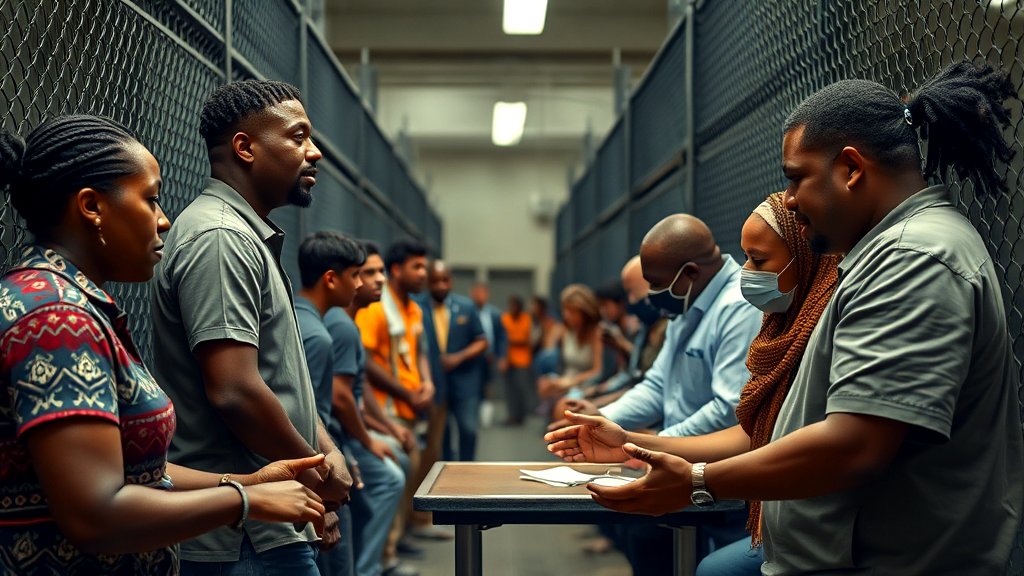
International Comparison of Incarceration Rates
Exploring the global incarceration rates reveals Louisiana’s astonishingly high numbers. Louisiana’s incarceration rate exceeds any independent democratic nation. It’s mind-boggling to consider how this state surpasses entire countries.
More people in prison means a larger population than many small nations. This reflects deeply ingrained systemic issues. The Louisiana state system seems to be on a different planet altogether!
Many might wonder why Louisiana has such a stubborn grip on incarceration. It’s a heavy reliance on imprisonment as punishment. The state suffers from racial biases and long state prison sentences without effective rehabilitative programs.
There’s a report from NOLA that calls Louisiana the world’s prison capital, a title no one wants. The article paints a vivid picture of the situation.

The Louisiana Department doesn’t seem to favor reducing numbers. It’s like they’re collecting people in prison as trophies. They need more efforts in transitional programs to ease back into society. Serious reforms are needed to shift the focus from punishment to rehabilitation.
Impact of Education and Reentry Programs
Examining the influence of educational and transitional efforts in Louisiana reveals potential for change. These initiatives aim to lower the staggering number of people in prison by promoting personal growth and skill development. Programs focusing on job training and life skills offer paths to a brighter future, helping individuals navigate their return to society smoothly. Louisiana’s approach includes a transitional program that emphasizes structured support, which is crucial for reducing recidivism.
Many have observed that effective rehabilitative programs can be game-changers. These programs have shown promise in transforming lives, reducing the cycle of crime, and creating safer communities. Think of them as bridges, connecting people to opportunities and hope.
Interestingly, the state’s unique way of addressing incarceration could serve as a model for other regions struggling with similar issues. By investing in these programs, Louisiana can lessen the economic burden of incarceration. People in prison might find themselves equipped with tools for success, ultimately benefiting society as a whole. Yet, the challenge remains: can Louisiana fully embrace this shift and lead the way?

Future Directions for Louisiana’s Justice System
Exploring Louisiana’s future justice strategies, the focus must shift towards a more balanced system. Reducing the number of people in prison starts with revising outdated sentencing laws. These reforms could ensure that non-violent offenders receive fairer treatment. A community-centered approach can provide better alternatives, addressing root causes, and easing overburdened prisons.
Implementing transitional programs offers a fresh path forward. These initiatives help individuals reintegrate, reducing the likelihood of reoffending. They are the guiding light for those exiting the system. Investing in community-based solutions could be a game-changer, offering hope where it’s often scarce.
Shifting some budget from incarceration to support such programs might initially seem bold, but it’s a long-term saver. More focus on rehabilitative programs can tackle systemic issues, transforming lives and communities. These programs serve as a bridge for those seeking a second chance.
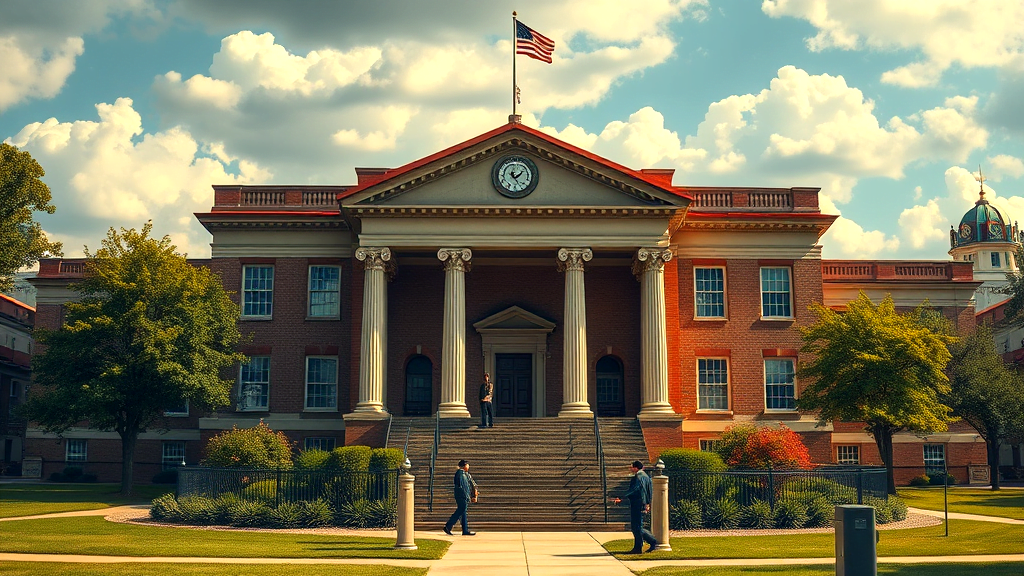
Louisiana must evaluate its strategies and embrace innovative methods. This might just be the ticket to reducing its incarceration rates and creating safer, thriving communities.
Community-Based Alternatives to Incarceration
Exploring community-driven solutions to Louisiana incarceration, we find innovative options emerging. Diversion programs and treatment services stand out, addressing the root causes of crime. These initiatives aim to lower the number of people in prison and tackle systemic issues. Imagine a system where mental and behavioral services replace punitive measures.
Participants often benefit from these alternatives, receiving necessary support while staying connected to their communities. With a focus on prevention and rehabilitation, the chances of reoffending decrease, enhancing public safety. Programs like restorative justice emphasize healing for victims and offenders, fostering understanding and resolution.
Think of a transitional program that helps individuals gain life skills and job training, reducing reliance on incarceration. Such efforts can lighten the financial weight on the state and lead to better outcomes for all involved. Louisiana’s embrace of these models could generate positive ripple effects, creating safer communities. As the state reconsiders its approach, these alternatives could be the key to transforming the justice system and providing lasting change.

Economic Costs of High Incarceration Rates
Facing the economic costs tied to Louisiana’s high incarceration rates, we see a hefty $625 million spent yearly. Much of this goes toward non-violent offenders. Imagine the potential savings if alternatives like transitional programs were more prevalent.
Costs could decrease and funds could be redirected to community resources. These programs could offer education and job training, helping people in prison transition smoothly back into society. Think about a domino effect where fewer non-violent offenders are jailed.
This could lessen the financial burden on the state and spark economic growth. With such high expenses, it’s like throwing money into a bottomless pit.
Focusing on community-based solutions could lead to more responsible use of resources. A system that invests in people rather than prisons might result in a safer, more prosperous Louisiana. By addressing the root issues, we could create a more balanced approach to justice.
This strategy could potentially reduce the economic strain while supporting the broader community’s well-being.
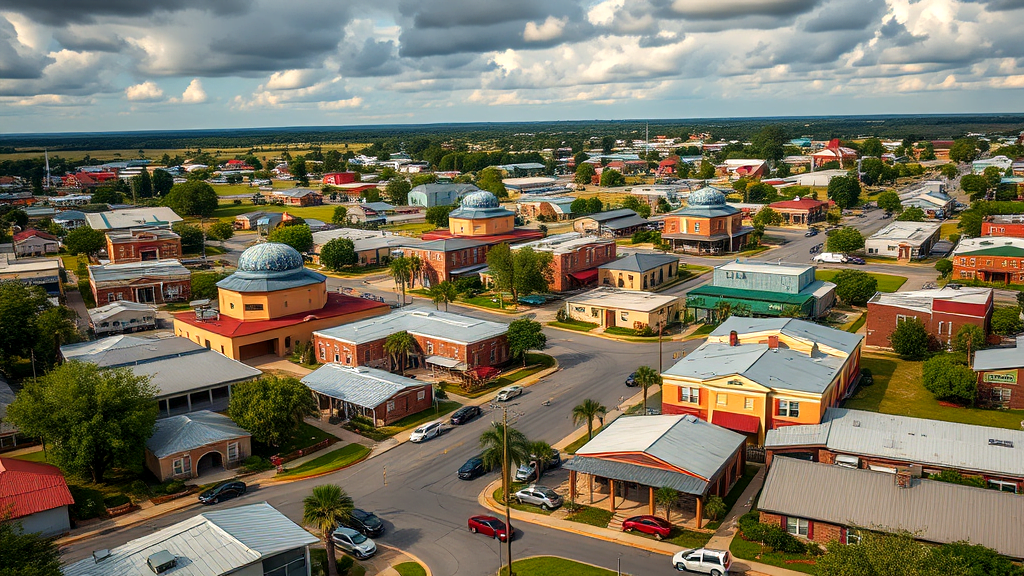
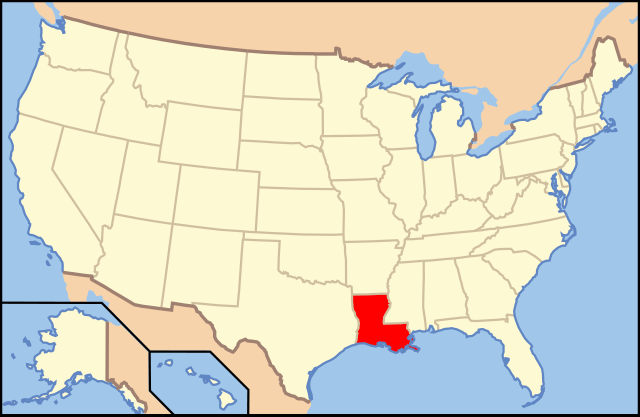
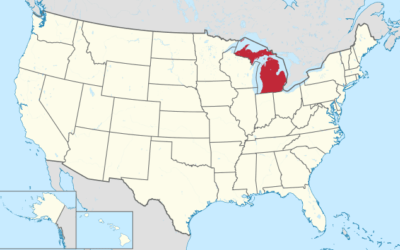
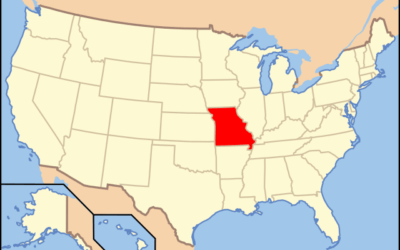

0 Comments